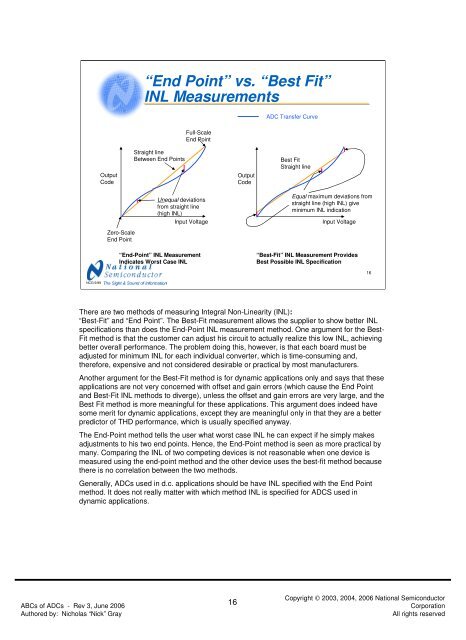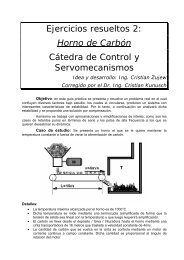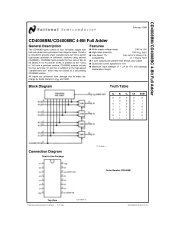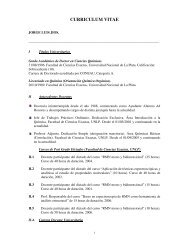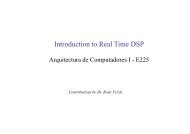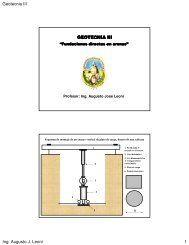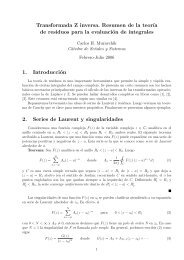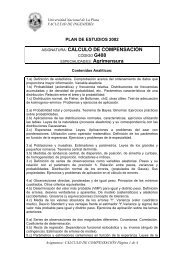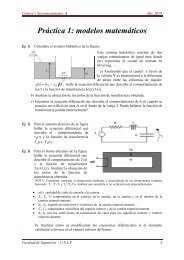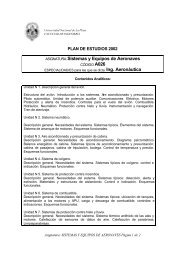ABCs of ADCs - Analog-to-Digital Converter Basics (PDF)
ABCs of ADCs - Analog-to-Digital Converter Basics (PDF)
ABCs of ADCs - Analog-to-Digital Converter Basics (PDF)
Create successful ePaper yourself
Turn your PDF publications into a flip-book with our unique Google optimized e-Paper software.
“End Point” vs. “Best Fit”INL MeasurementsADC Transfer CurveFull-ScaleEnd PointOutputCodeStraight lineBetween End PointsUnequal deviationsfrom straight line(high INL)Input VoltageOutputCodeBest FitStraight lineEqual maximum deviations fromstraight line (high INL) giveminimum INL indicationInput VoltageZero-ScaleEnd Point“End-Point” INL MeasurementIndicates Worst Case INL“Best-Fit” INL Measurement ProvidesBest Possible INL Specification16NCG 9/99There are two methods <strong>of</strong> measuring Integral Non-Linearity (INL):“Best-Fit” and “End Point”. The Best-Fit measurement allows the supplier <strong>to</strong> show better INLspecifications than does the End-Point INL measurement method. One argument for the Best-Fit method is that the cus<strong>to</strong>mer can adjust his circuit <strong>to</strong> actually realize this low INL, achievingbetter overall performance. The problem doing this, however, is that each board must beadjusted for minimum INL for each individual converter, which is time-consuming and,therefore, expensive and not considered desirable or practical by most manufacturers.Another argument for the Best-Fit method is for dynamic applications only and says that theseapplications are not very concerned with <strong>of</strong>fset and gain errors (which cause the End Pointand Best-Fit INL methods <strong>to</strong> diverge), unless the <strong>of</strong>fset and gain errors are very large, and theBest Fit method is more meaningful for these applications. This argument does indeed havesome merit for dynamic applications, except they are meaningful only in that they are a betterpredic<strong>to</strong>r <strong>of</strong> THD performance, which is usually specified anyway.The End-Point method tells the user what worst case INL he can expect if he simply makesadjustments <strong>to</strong> his two end points. Hence, the End-Point method is seen as more practical bymany. Comparing the INL <strong>of</strong> two competing devices is not reasonable when one device ismeasured using the end-point method and the other device uses the best-fit method becausethere is no correlation between the two methods.Generally, <strong>ADCs</strong> used in d.c. applications should be have INL specified with the End Pointmethod. It does not really matter with which method INL is specified for ADCS used indynamic applications.<strong>ABCs</strong> <strong>of</strong> <strong>ADCs</strong> - Rev 3, June 2006Authored by: Nicholas “Nick” Gray16Copyright © 2003, 2004, 2006 National Semiconduc<strong>to</strong>rCorporationAll rights reserved


